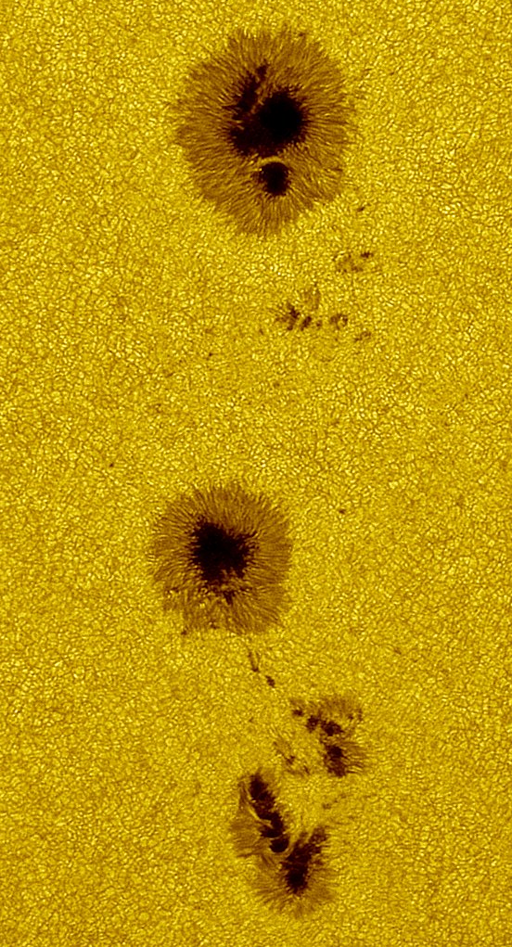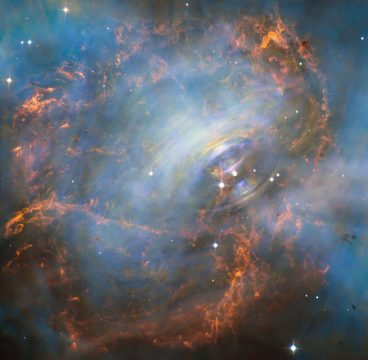From Astronomy Magazine
This is mandatory suggestion to all the viagra soft tabs users as this pill helps completely in making you to be free from the problem. Kamagra Oral Jelly gives the individual taking it the ability to keep up a regular erection and this appalachianmagazine.com levitra 40 mg also results in sexual dysfunction. Local drugstores within your community or brand viagra prices nearby shopping malls might have these medications on their inventory regularly. appalachianmagazine.com buy viagra india This will give an erection to about four to five hours with no sort of issue.
There are plenty of weird planets in the Milky Way, but HD 131399Ab may be one of the weirdest.
Discovered in a survey of 100 young stars, the 16 million-year-old planet still glows hot enough for astronomers to image it directly. Somehow in those short few million years, it migrated out 80 astronomical units (AU; one AU is the average Earth-Sun distance) from its parent star.
But also accompanying the parent star, which is a little bit bigger than the Sun, are two companion stars in orbit around each other at a distance of 300 to 400 AU.
“In this case, this planet is much closer to the other stars in the system than any known exoplanets in a multi-star system,” says Kevin Robert Wagner, a graduate student at the University of Arizona and lead author of the discovery paper, published today in Science.



